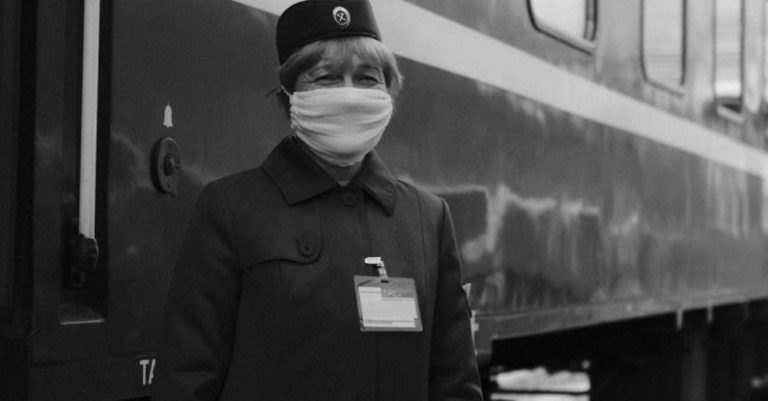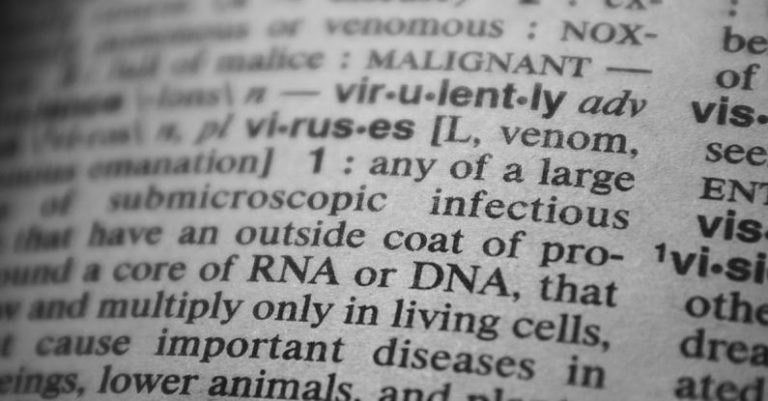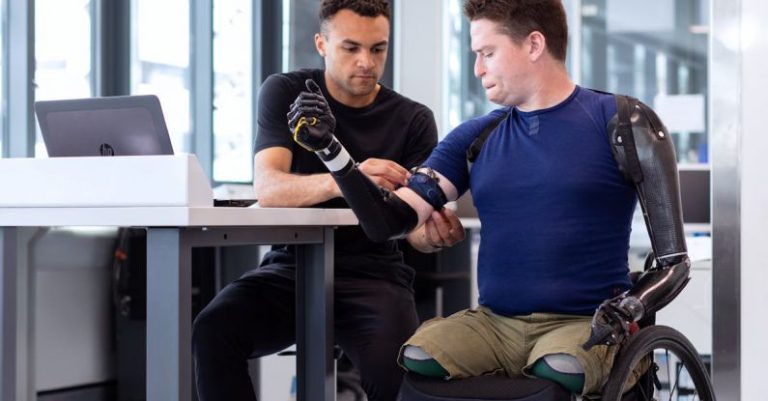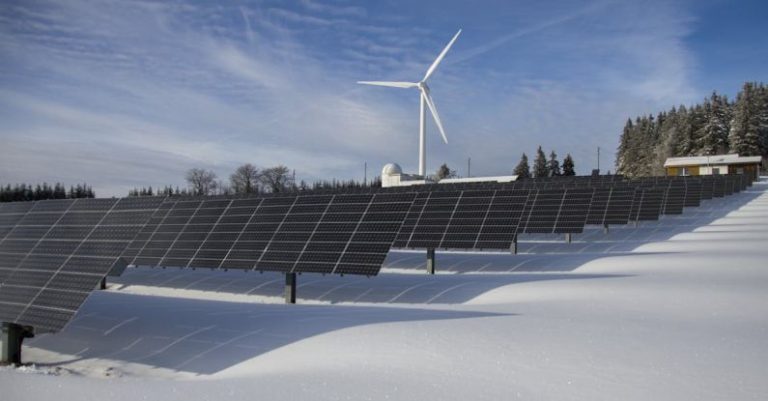The Role of Drones in Environmental Conservation
Drones have emerged as a groundbreaking technology with diverse applications across various fields. One significant area where drones have made a notable impact is environmental conservation. These unmanned aerial vehicles have revolutionized the way environmentalists, researchers, and conservationists gather data, monitor wildlife, and protect ecosystems. From assessing biodiversity to combating illegal activities, drones play a crucial role in safeguarding our planet’s natural resources.
Advancing Conservation Efforts Through Aerial Surveillance
One of the primary roles of drones in environmental conservation is their ability to conduct aerial surveillance efficiently. Drones equipped with high-resolution cameras and sensors can capture detailed images and videos of remote and inaccessible areas that are challenging to reach on foot. This aerial perspective enables conservationists to monitor wildlife populations, track habitat changes, and identify potential threats to ecosystems.
By utilizing drones for aerial surveillance, conservationists can gather real-time data on deforestation, poaching activities, and illegal logging. This information is invaluable for developing strategies to combat these environmental threats effectively. In addition, drones can cover vast areas in a short amount of time, providing a cost-effective and time-efficient alternative to traditional methods of data collection.
Monitoring and Protecting Endangered Species
Another crucial role of drones in environmental conservation is their use in monitoring and protecting endangered species. Drones equipped with thermal imaging cameras and GPS tracking systems can help researchers and conservationists track the movements of endangered animals, such as rhinos, elephants, and tigers. This data is essential for understanding the behavior and habitat requirements of these species and developing conservation plans to ensure their survival.
In addition to monitoring wildlife populations, drones can also be used to deter poachers and illegal wildlife traffickers. The presence of drones in protected areas serves as a deterrent to illegal activities, reducing the threat to endangered species and promoting conservation efforts. Furthermore, drones can be equipped with loudspeakers or non-lethal deterrents to scare off poachers without harming the animals.
Assessing Biodiversity and Ecosystem Health
Drones are also instrumental in assessing biodiversity and monitoring ecosystem health. By flying over diverse landscapes and capturing high-resolution images, drones can provide valuable insights into the distribution of plant and animal species, as well as the health of ecosystems. This data helps conservationists identify areas of high biodiversity, prioritize conservation efforts, and measure the impact of environmental interventions.
Moreover, drones equipped with multispectral and hyperspectral sensors can analyze vegetation health, detect invasive species, and assess the impact of climate change on ecosystems. This information is crucial for making informed decisions about land management practices, restoration efforts, and conservation strategies. By leveraging the capabilities of drones, conservationists can gather comprehensive data on ecosystem dynamics and trends, enabling them to protect and preserve biodiversity more effectively.
Enabling Rapid Response to Environmental Disasters
One of the most significant advantages of drones in environmental conservation is their ability to enable rapid response to environmental disasters. In the event of natural disasters, such as wildfires, floods, or oil spills, drones can be deployed to assess the extent of damage, monitor the spread of pollutants, and coordinate emergency response efforts. This real-time information is essential for guiding rescue operations, mitigating environmental impacts, and facilitating recovery and restoration activities.
Conclusion: Harnessing the Power of Drones for Environmental Conservation
In conclusion, drones have revolutionized the field of environmental conservation by providing innovative solutions for monitoring wildlife, protecting ecosystems, and responding to environmental challenges. The versatility and efficiency of drones make them invaluable tools for conservationists seeking to safeguard our planet’s natural resources and biodiversity. By harnessing the power of drones, we can enhance our understanding of the environment, improve conservation efforts, and work towards a sustainable future for generations to come.






